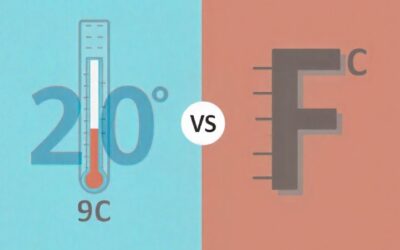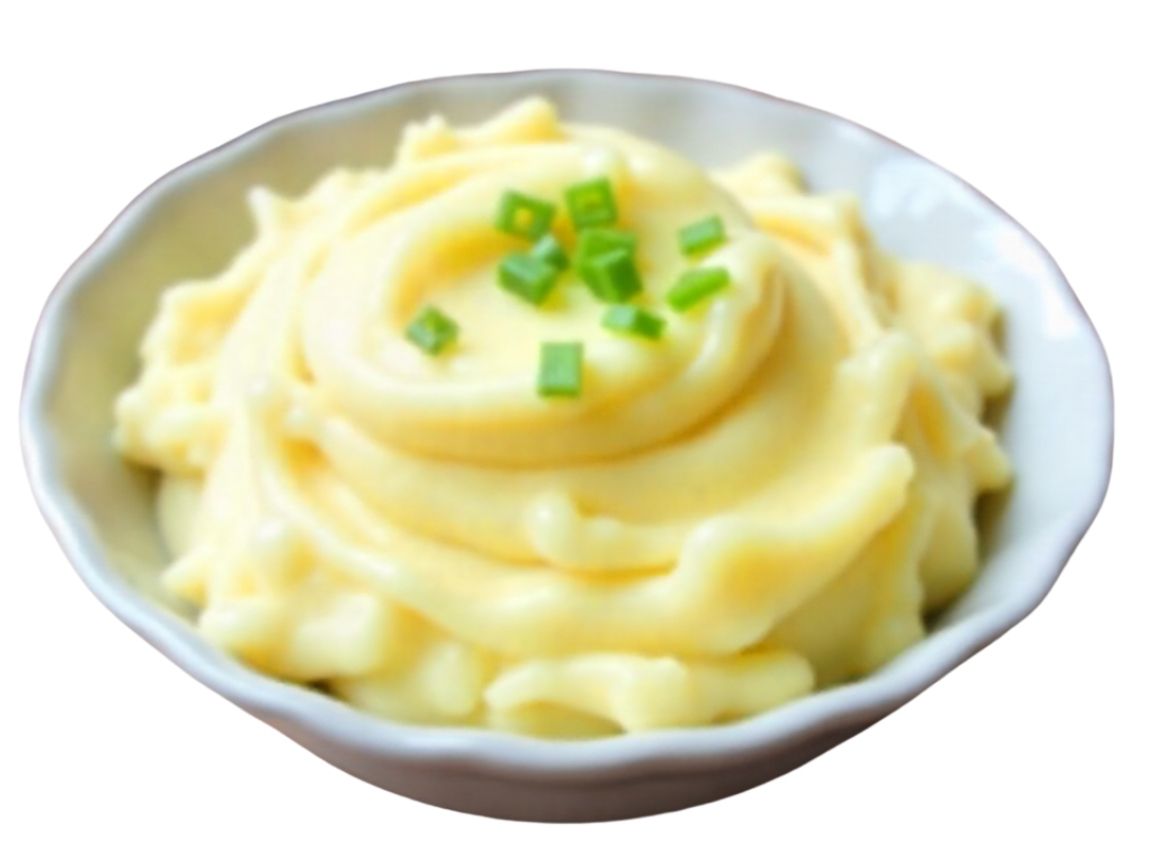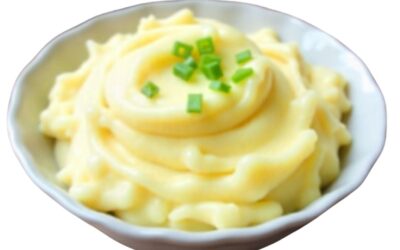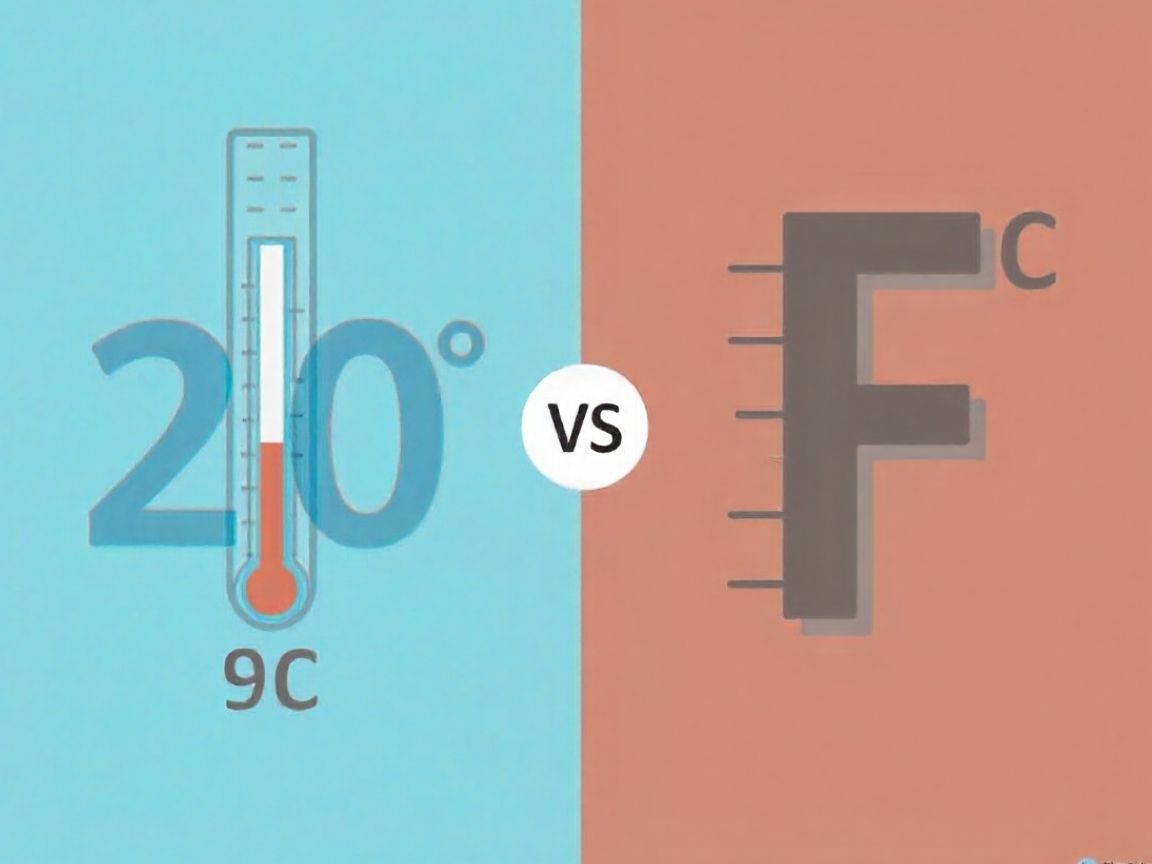If you’ve ever seen a recipe that says to set your oven to 220°C but your oven only uses Fahrenheit, it can be confusing. You might ask, “What is 220 °C to F?” The answer is 220 degrees Celsius equals 428 degrees Fahrenheit.
Knowing how to convert temperatures is useful in many situations, like baking, cooking, or checking the weather when you travel. This guide will show you how to convert Celsius to Fahrenheit, explain the formula, and give you helpful tips. By the end, you’ll feel confident doing any temperature conversion.
How to Convert 220°C to °F
Converting Celsius to Fahrenheit is easy once you know the formula. This formula helps you switch between the two temperature scales accurately.
The Celsius to Fahrenheit Formula
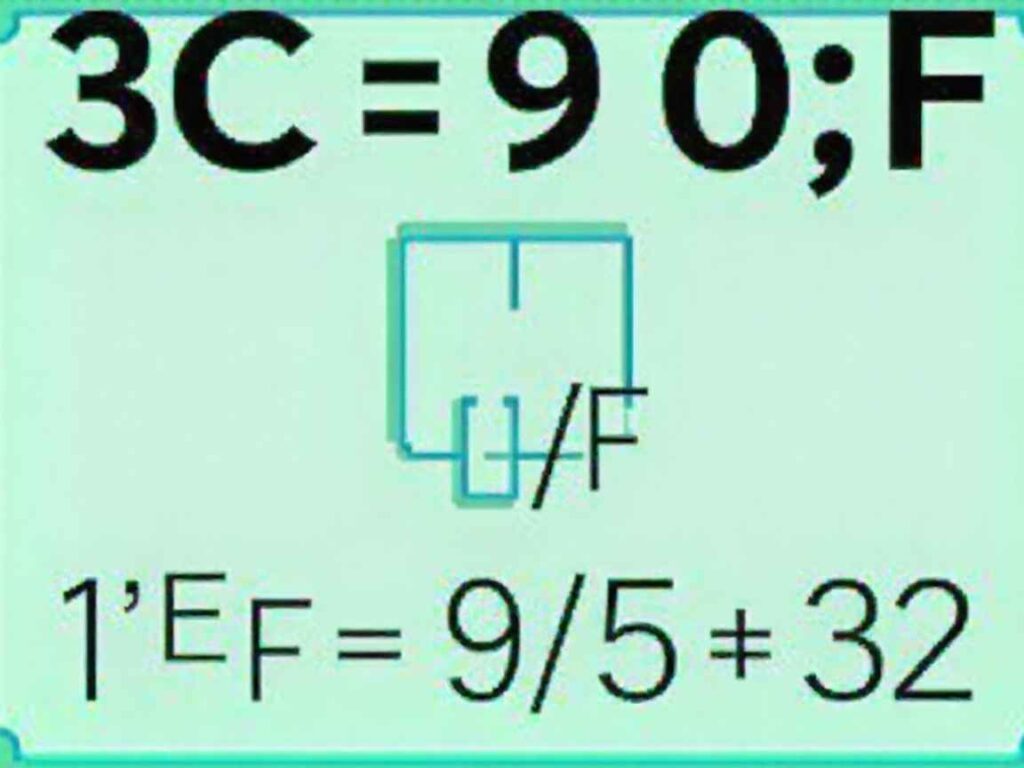
The standard formula for converting Celsius to Fahrenheit is:
°F = (°C × 9/5) + 32
Let’s break down the components:
- °F represents the temperature in degrees Fahrenheit.
- °C represents the temperature in degrees Celsius.
- 9/5 is the conversion factor, which is equal to 1.8.
- 32 is the offset value you add after the multiplication.
Step-by-Step Calculation
Let’s use this formula to convert 220°C to Fahrenheit.
- Start with the Celsius temperature: We have 220°C.
- Multiply by 9/5 (or 1.8):
220 × 9/5 = 396
Alternatively, using the decimal: 220 × 1.8 = 396 - Add 32 to the result:
396 + 32 = 428
So, 220°C is exactly 428°F.
This simple two-step process lets you convert any Celsius temperature to Fahrenheit.
Understanding Oven Conversions: 220 °C to °F
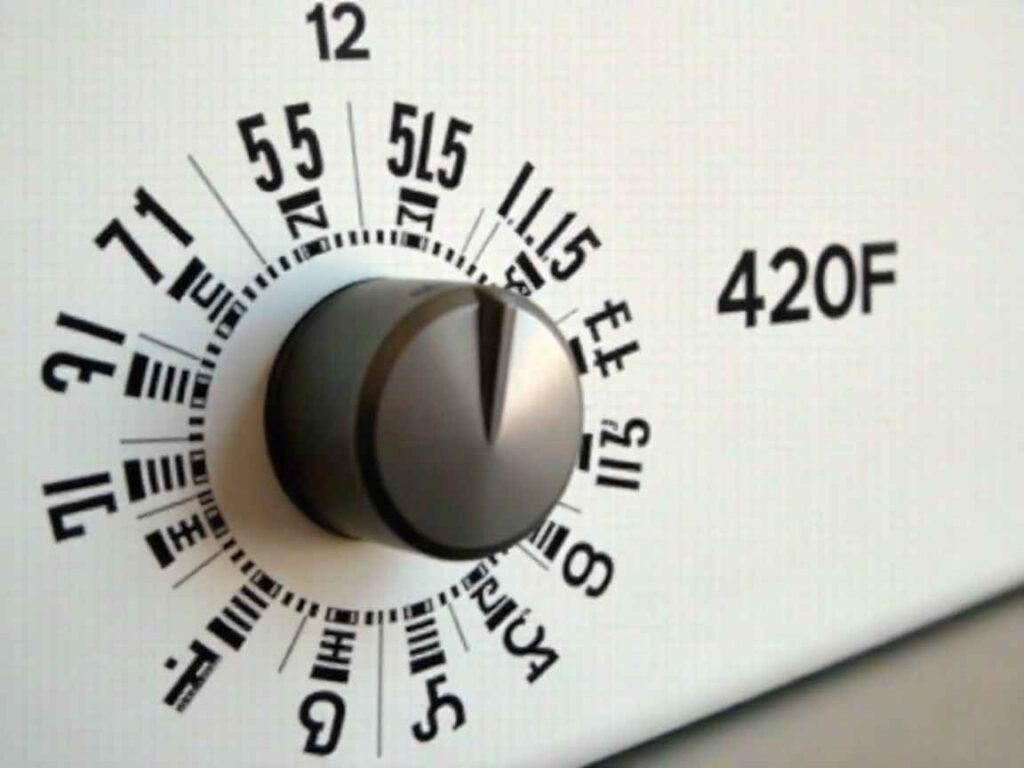
When it comes to cooking, precision matters. However, oven dials are not always as precise as mathematical formulas. If a recipe asks for 220°C, the direct conversion is 428°F. The challenge is that most ovens in the United States don’t have a setting for 428°F. They typically increase in increments of 25°F (e.g., 400°F, 425°F, 450°F).
So, what should you do? In this case, set your oven to the closest available temperature, which is 425°F.
This slight difference of 3 degrees is unlikely to have a major impact on most dishes. For general baking and roasting, rounding to the closest 25-degree mark is standard practice and will yield great results. This is a common adjustment home cooks make when following recipes from different parts of the world.
Why Do We Need Different Temperature Scales?
Celsius and Fahrenheit scales exist because of history and regional habits. Daniel Gabriel Fahrenheit, a German physicist, created the Fahrenheit scale in the early 1700s. He based it on things he could measure in his lab, like the freezing point of brine and human body temperature.
A few decades later, Swedish astronomer Anders Celsius introduced a different scale. His system was simpler and used the freezing and boiling points of water at normal pressure. At first, 0°C was freezing and 100°C was boiling, but this was later switched to the way we use it now: 0°C for freezing and 100°C for boiling.
The metric system, which uses Celsius, became popular worldwide because it’s simple and scientific. But the United States and a few other countries still use Fahrenheit for daily temperatures, so knowing how to convert between them is still important.
Practical Applications for Temperature Conversion
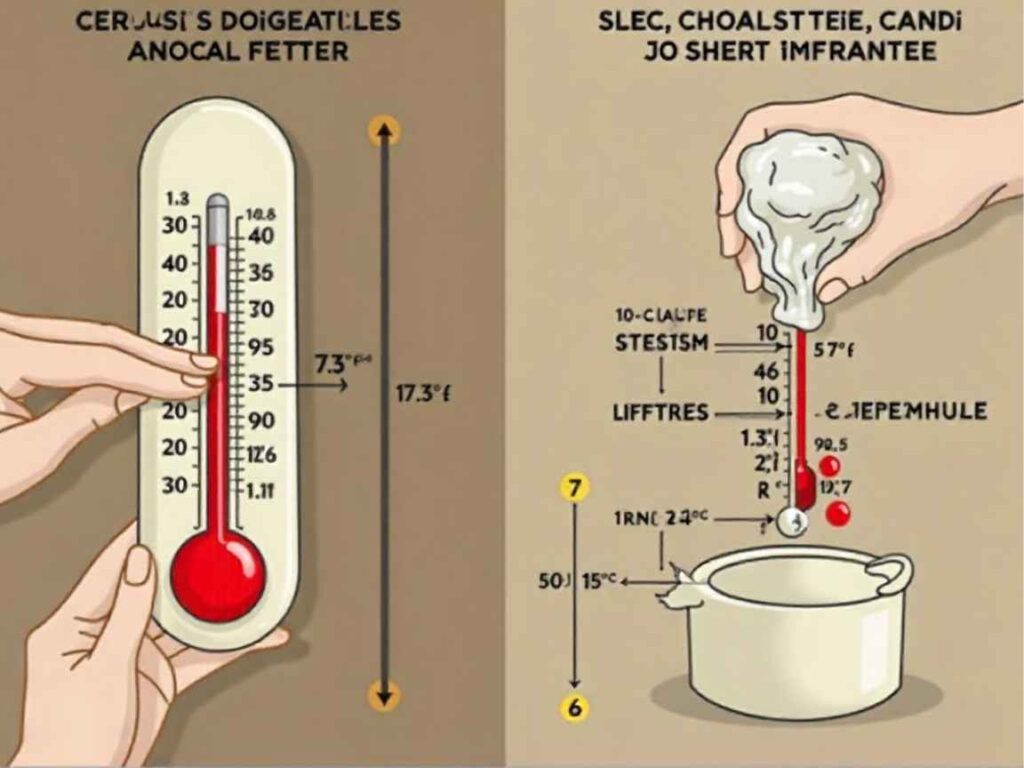
Converting Celsius to Fahrenheit is helpful in many situations, not just cooking. Here are some examples where this skill comes in handy.
Cooking and Baking
As mentioned earlier, recipes from different countries use different temperature units. For example, an Australian cookbook might say 220°C, while an American one says 425°F. Converting these temperatures helps you cook your food properly and avoid undercooking or burning it.
Traveling Abroad
If you travel from the U.S. to a country that uses Celsius, local weather forecasts can be confusing. For example, 20°C might not mean much until you convert it and see it’s a comfortable 68°F. This helps you pack the right clothes and plan your activities.
Scientific Research
In science, it’s important to be consistent. Most scientific work uses Celsius and Kelvin because they are based on universal properties of water and energy. Still, scientists working together from different countries or using older data may need to convert temperatures to keep results accurate and comparable.
Health and Medicine
In the U.S., body temperature is usually measured in Fahrenheit, with 98.6°F as the average. Many other countries use Celsius, about 37°C. Converting between these scales is important for healthcare workers and anyone tracking their health while traveling.
Quick Reference: Common Temperature Conversions
To make things even easier, here is a quick reference table for common Celsius to Fahrenheit conversions you might encounter.
| Celsius (°C) | Fahrenheit (°F) – Exact | Fahrenheit (°F) – Common Oven Setting |
| 150°C | 302°F | 300°F |
| 160°C | 320°F | 325°F |
| 175°C | 347°F | 350°F |
| 180°C | 356°F | 350°F |
| 190°C | 374°F | 375°F |
| 200°C | 392°F | 400°F |
| 220°C | 428°F | 425°F |
| 230°C | 446°F | 450°F |
| 250°C | 482°F | 475°F |
You can use this table as a quick cheat sheet when you need to convert temperatures without doing the math.
Master Your Temperature Conversions
Converting temperatures from Celsius to Fahrenheit may seem simple, but it helps people communicate across cultures and fields. With the easy formula °F = (°C × 9/5) + 32, you can quickly switch between the two scales.
Whether you’re in the kitchen trying a new recipe, planning a trip overseas, or working on a scientific project, understanding temperature conversions empowers you to act with greater accuracy and confidence. The next time you encounter a temperature in Celsius, you’ll be fully prepared to translate it into a unit you understand.










